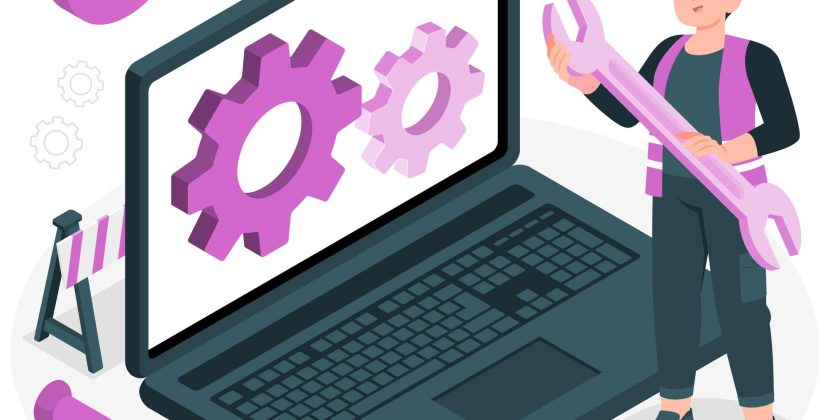










If you’re looking for ways to improve PC performance, continue reading…
I’m sure everyone has experienced this one way or the other; your perfectly fine computer lagging and slowing down so much you begin to lose your patience. Try opening an application and it might take a while to open. Your best guess is that it’s a virus and it was included in the free files you were downloading from a free website last week. My take on this is that it may not even be a virus and that you have files on your PC (not a virus) that are disrupting the proper functioning of your PC or simply settings that you have or haven’t activated. In this post, I’m going to take you through some steps that I came across by myself or online to help improve PC performance.
According to Computer Hope, a temporary file is a “file created to hold information while a file is being created or modified.” App setups also create temp files to move through the different phases of the installation. They should be deleted after the installation process has been closed, but that’s not the case sometimes. Experts claim that clearing temporary files helps improve PC performance. As to how it does that, I’m not sure, although I’ve come across articles that said it helped in increasing the speed of the creation of other temp files, hence improving performance. Here’s how to delete them.
Microsoft has a Power Options section that helps users monitor and controls the power usage in the laptop or machine. This is a major way to improve PC performance or battery life depending on what you’re aiming at. Again, go through follow these steps
After this, you’ll notice a change in your processing speed. This helps in gaming and other high processor-dependent actions like screen recording and video editing. For apps or actions that don’t need much processing unit (like watching a video or using Word), you may want to leave it at PC recommended (usually Balanced).
This is another great way of allocating higher processing speed to certain apps or games that you’re using. This tells the system that whatever app you’re using is of top priority to you and therefore you need more processor attention.
Here’s how to change the app priority.
These steps worked for me and it was so evident since my old laptop was running on a 2010 model processor. These have helped improve PC performance with little heating, especially in gaming. Try these and let me know if they worked for you.
Check out this article on how to install Windows 11 on unsupported hardware.
| Cookie | Duration | Description |
|---|---|---|
| cookielawinfo-checkbox-analytics | 11 months | This cookie is set by GDPR Cookie Consent plugin. The cookie is used to store the user consent for the cookies in the category "Analytics". |
| cookielawinfo-checkbox-functional | 11 months | The cookie is set by GDPR cookie consent to record the user consent for the cookies in the category "Functional". |
| cookielawinfo-checkbox-necessary | 11 months | This cookie is set by GDPR Cookie Consent plugin. The cookies is used to store the user consent for the cookies in the category "Necessary". |
| cookielawinfo-checkbox-others | 11 months | This cookie is set by GDPR Cookie Consent plugin. The cookie is used to store the user consent for the cookies in the category "Other. |
| cookielawinfo-checkbox-performance | 11 months | This cookie is set by GDPR Cookie Consent plugin. The cookie is used to store the user consent for the cookies in the category "Performance". |
| viewed_cookie_policy | 11 months | The cookie is set by the GDPR Cookie Consent plugin and is used to store whether or not user has consented to the use of cookies. It does not store any personal data. |